Study on wet corrosion removal of InAsSb focal plane device substrate
DOI: 10.23977/analc.2024.030112 | Downloads: 11 | Views: 928
Author(s)
Qiang Li 1
Affiliation(s)
1 Anhui Guangzhi Technology Co, Chuzhou, Anhui, China
Corresponding Author
Qiang LiABSTRACT
A highly selective corrosion solution has been developed, capable of completely dissolving the GaSb substrate of InAsSb focal plane devices. This solution effectively mitigates the absorption of infrared radiation and the detrimental effects associated with the mechanical thinning of the focal plane device substrate. The study focused on the CrO3 series, wherein the concentrations of CrO3 and H3PO4 in the solution were systematically varied to assess their impact on the corrosion of InAsSb and GaSb materials. The extent of corrosion was quantitatively evaluated using a step meter and a 3D profilometer. The experimental results yielded an optimal solution ratio, resulting in a corrosion rate of 173 nm/s for GaSb, while InAsSb exhibited negligible corrosion. The surface roughness of GaSb was reduced from Sa = 1.2853 nm prior to corrosion to Sa = 1.0679 nm following treatment with the optimal solution ratio. Subsequent to packaging, the focal plane chip was tested at a temperature of 150K, revealing that the corrosion process effectively eliminated surface damage. The average response voltage recorded for the device was 553 mV, with an average noise equivalent temperature difference (NETD) of 20.98 mK. Notably, the performance of the focal plane device remained unaffected post-corrosion. This research holds significant implications for the advancement of back corrosion technology in InAsSb focal plane devices.
KEYWORDS
InAsSb; GaSb substrate; Backside corrosionCITE THIS PAPER
Qiang Li, Study on wet corrosion removal of InAsSb focal plane device substrate. Analytical Chemistry: A Journal (2024) Vol. 3: 72-79. DOI: http://dx.doi.org/10.23977/analc.2024.030112.
REFERENCES
[1] Yi C. Review and prospect of HgCdTe detectors[J]. Infrared and Laser Engineering, 2022, 51(1): 20210988.
[2] J. Piotrokski, A. Rogalski. High-Operation-Temperature Infrared Photodetectors[M].Bellingham: SPIE Press, 2007, 233-235.
[3] P.Martyniuk, A. Rogalski. HOT infrared photodetectors [J].Opto-Electron.Rev.2013, 21(2):239-257.
[4] Zhao Jun, Wang Xiaoxuan, Li Xiongjun, et al. Research progress of mercury cadmium telluride infrared detectors [J]. Science in China: Technological Science, 2023, 53(09):1419-1433
[5] J. Si. Novel infrared detector materials based on InSb (Invited)[J]. Infrared and Laser Engineering, 2022, 51(01):79-97.
[6] Deng Gongrong, Zhao Peng, Yuan Jun, et al. Research progress of antimony-based high operating temperature infrared detectors[J]. Infrared Technology, 2017, 39(09):780-784.
[7] Chen Dongqiong, Wang Haipeng, Qin Qiang, et al. Dark current characterization of InAsSb barrier-blocking infrared detectors[J]. Journal of Infrared and Millimeter Waves, 2022, 41(05):810-817.
[8] Chen Dongqiong, Yang Wenyun, Deng Gongrong, et al. Research progress of indium-arsenic-antimony infrared detectors [J]. Infrared Technology, 2022, 44(10):1009-1017.
[9] Li Chunling, Feng Xue, Xing Weirong, et al. Research on backside thinning technology for class II superlattice detectors[J]. Infrared, 2022, 43(09):10-14.
[10] Cheng Yu, Bao Yinghao, Xiao Yu, et al. Research on backside thinning technology of InAs/GaSb class II superlattice longwave infrared detectors[J]. Infrared, 2020, 41(08):15-20.
[11] Kang Zhe, Wen Tao, Guo Xi. Research on wet etching process of InAs/GaSb type II superlattice materials[J]. Laser and Infrared, 2018, 48(07):867-871.
| Downloads: | 1377 |
|---|---|
| Visits: | 77174 |
Sponsors, Associates, and Links
-
Forging and Forming
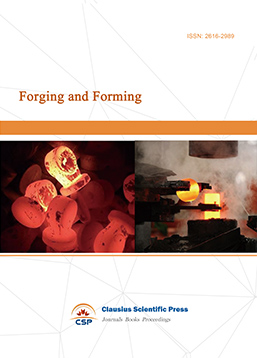
-
Composites and Nano Engineering

-
Journal of Materials, Processing and Design
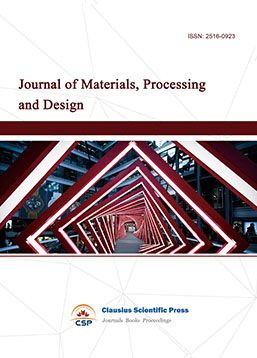
-
Metallic foams
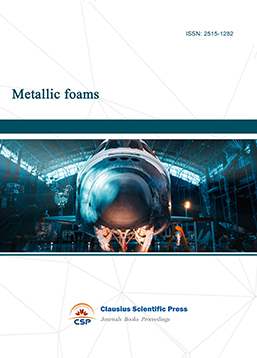
-
Smart Structures, Materials and Systems
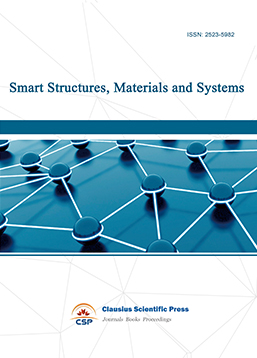
-
Chemistry and Physics of Polymers
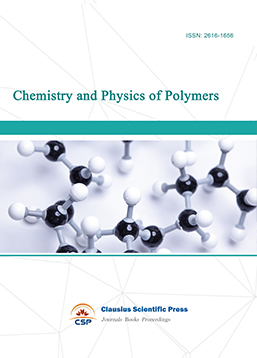
-
Modern Physical Chemistry Research

-
Inorganic Chemistry: A Journal
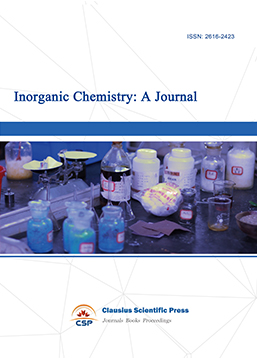
-
Organic Chemistry: A Journal
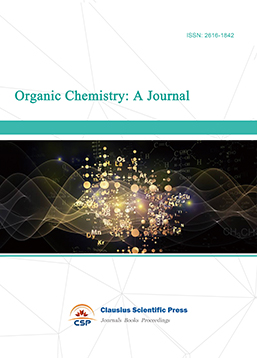
-
Progress in Materials Chemistry and Physics
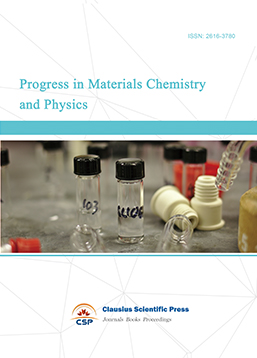
-
Transactions on Industrial Catalysis
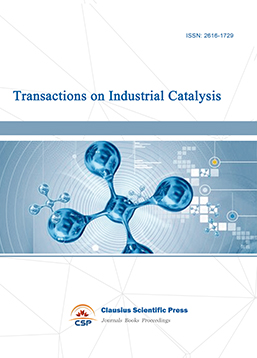
-
Fuels and Combustion
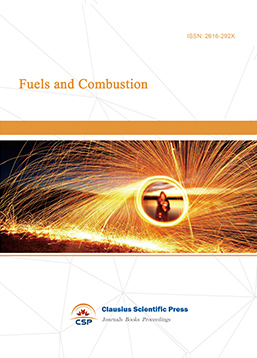
-
Casting, Welding and Solidification
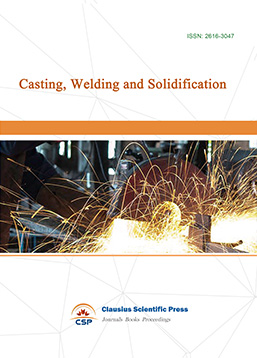
-
Journal of Membrane Technology
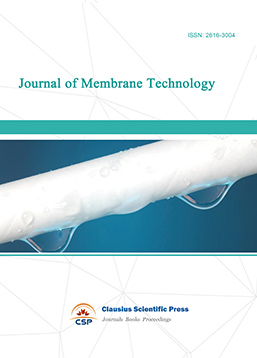
-
Journal of Heat Treatment and Surface Engineering
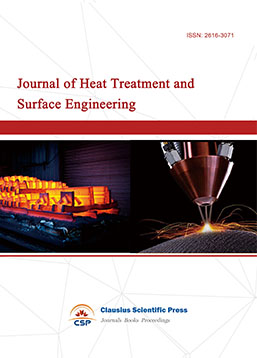
-
Trends in Biochemical Engineering
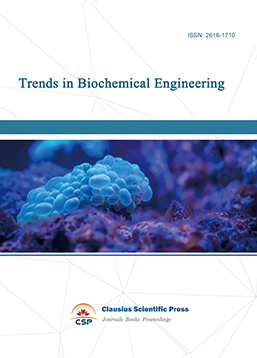
-
Ceramic and Glass Technology
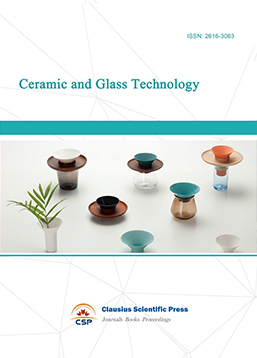
-
Transactions on Metals and Alloys
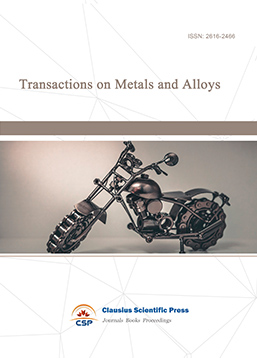
-
High Performance Structures and Materials
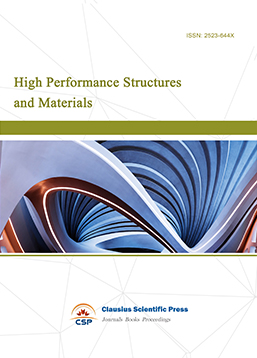
-
Rheology Letters
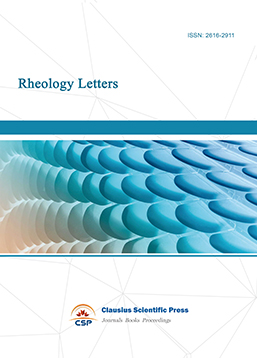
-
Plasticity Frontiers
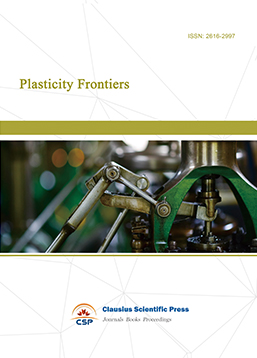
-
Corrosion and Wear of Materials

-
Fluids, Heat and Mass Transfer
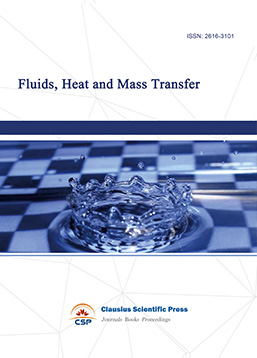
-
International Journal of Geochemistry

-
Diamond and Carbon Materials
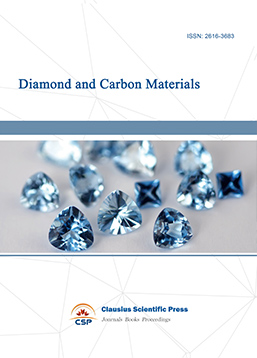
-
Advances in Magnetism and Magnetic Materials
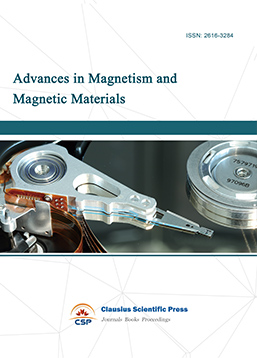
-
Advances in Fuel Cell
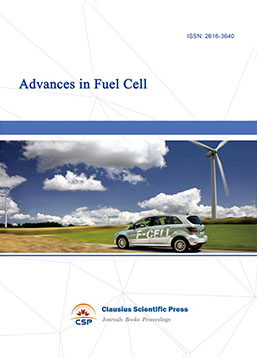
-
Journal of Biomaterials and Biomechanics
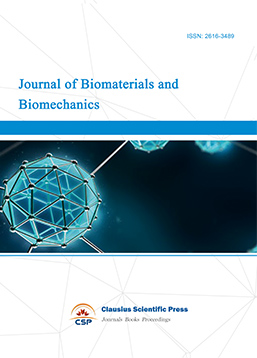

 Download as PDF
Download as PDF